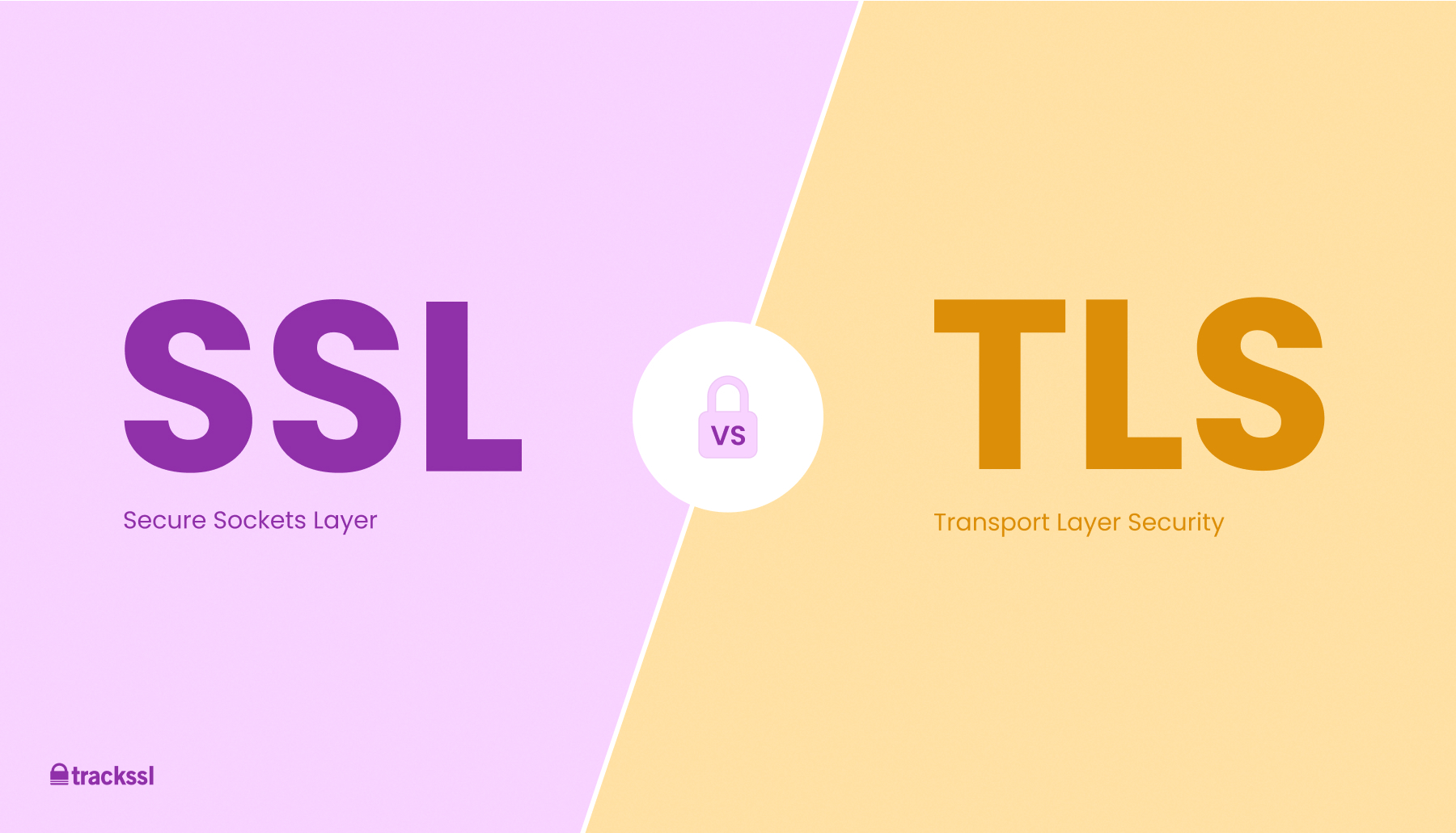In the rapidly evolving digital landscape, where information flows as freely as water through a river, the need for secure communication channels is paramount. This is where the acronyms SSL and TLS come into play—formidable sentinels guarding data against the lurking specters of cyber threats. But what exactly do these terms signify, and how do they differ? More importantly, which one offers a more robust shield to our precious information? Understanding SSL and TLS is akin to deciphering a complex code, essential for anyone navigating the sea of online transactions.
Defining SSL and TLS
At the outset, SSL, or Secure Sockets Layer, emerged in the mid-1990s as an innovative protocol aimed at securing internet communications. It served as a digital cloak, enveloping data in protective layers, and ensuring confidentiality, integrity, and authentication during transmission. However, SSL began to show its age, revealing vulnerabilities that could compromise the very essence of security it sought to uphold.
Enter TLS, or Transport Layer Security, the successor to SSL. Developed to address the security flaws of its predecessor, TLS brings forth a more sophisticated framework and refined algorithms, shielding information with fortified armor. While TLS is technically distinct from SSL, it is essential to recognize that the terms are often used interchangeably, creating a tapestry of confusion that many must unravel.
The Evolution of Security Protocols
The transition from SSL to TLS can be likened to the metamorphosis of a caterpillar into a butterfly. SSL, having undergone several iterations, was eventually succeeded by TLS 1.0 in 1999. Subsequent updates, including TLS 1.1, TLS 1.2, and the latest iteration, TLS 1.3, have infused the protocol with enhanced cryptographic techniques and streamlined performance capabilities. Each version has aimed to squelch vulnerabilities while embracing new standards that align with the ever-increasing necessity for safety.
Cryptographic Techniques: A Shield Against Attacks
The heart of SSL and TLS lies in their cryptographic strategies. These protocols employ an arsenal of encryption algorithms to safeguard data. SSL primarily utilizes the now-archaic RC4 and MD5, while TLS adopts the more robust AES (Advanced Encryption Standard) and SHA-256 (Secure Hash Algorithm). The latter duo forms an impregnable barrier against attacks, making intercepted data comprehensible only to authorized entities.
Additionally, the handshake process—the initial phase of establishing a secure connection—serves as a meticulous dance between the server and client. During this exchange, they negotiate encryption methods and authenticate each other, forming the backbone of secure communications. In essence, this intricate ballet ensures that eavesdroppers are excluded from the intimate dialogue shared between connected parties.
Security Vulnerabilities: The Chinks in the Armor
As powerful as they are, SSL and TLS have not been without flaws. SSL 3.0, for instance, has been rendered obsolete due to severe vulnerabilities such as the POODLE attack, a nefarious exploit that could unravel encrypted communications like a fragile strand of thread. The vulnerabilities of SSL serve as a cautionary tale, illustrating that even the most resilient armor can be pierced if not appropriately managed.
On the other hand, TLS stands as a bulwark against many of these threats, yet it is not infallible. As cyber adversaries continuously innovate their tactics, weaknesses may inevitably surface, necessitating constant vigilance and adaptation. TLS 1.3, with its ambitious design, has sought to eliminate many of the pitfalls present in earlier versions—specifically, by reducing latency and streamlining the handshake process while enhancing security.
User Experience: Seamless Security
Delving into the user experience, one might consider how SSL and TLS can impact web interactions. When users browse the internet, they often look for the reassuring “https://” in the URL, a hallmark of secure websites. This simple indicator encapsulates the quiet confidence that their data is being safeguarded. However, it is important to note that the underlying protocol—be it TLS or the outdated SSL—plays a decisive role in the security landscape.
With the adoption of TLS 1.2 and 1.3 among major websites, users benefit from seamless security that leads to a smoother experience—such as quicker page loads and enhanced compatibility with modern browsers. In this sense, the invisible protection of TLS becomes a silent ally, allowing users to traverse the digital landscape with greater assurance.
Which One Is Safer?
Given the strides in code evolution and eventual refinement, TLS decisively outmatches SSL in the security realm. By weaving together advanced cryptographic techniques and addressing known vulnerabilities, TLS provides a formidable fortress against data breaches. Organizations and individuals must prioritize the use of TLS over SSL to ensure that their online dealings remain safeguarded from burgeoning cyber threats.
The Future of Secure Communication
As we peer into the horizon of digital connectivity, the importance of rigorous security protocols will only intensify. The evolution from SSL to TLS serves as a testament to the resilience of technology and the relentless pursuit of safety. In navigating this ever-changing terrain, it becomes evident that familiarizing oneself with the nuances of these protocols is not merely an academic exercise; it is an essential endeavor in safeguarding personal information in an increasingly complex digital world.
In conclusion, armed with a comprehensive understanding of SSL and TLS, individuals and organizations alike can better navigate the murky waters of digital security. A well-informed populace is the key to establishing a safe online environment, where data can flow securely, and trust can thrive amidst the uncertainties of the internet.








Leave a Comment